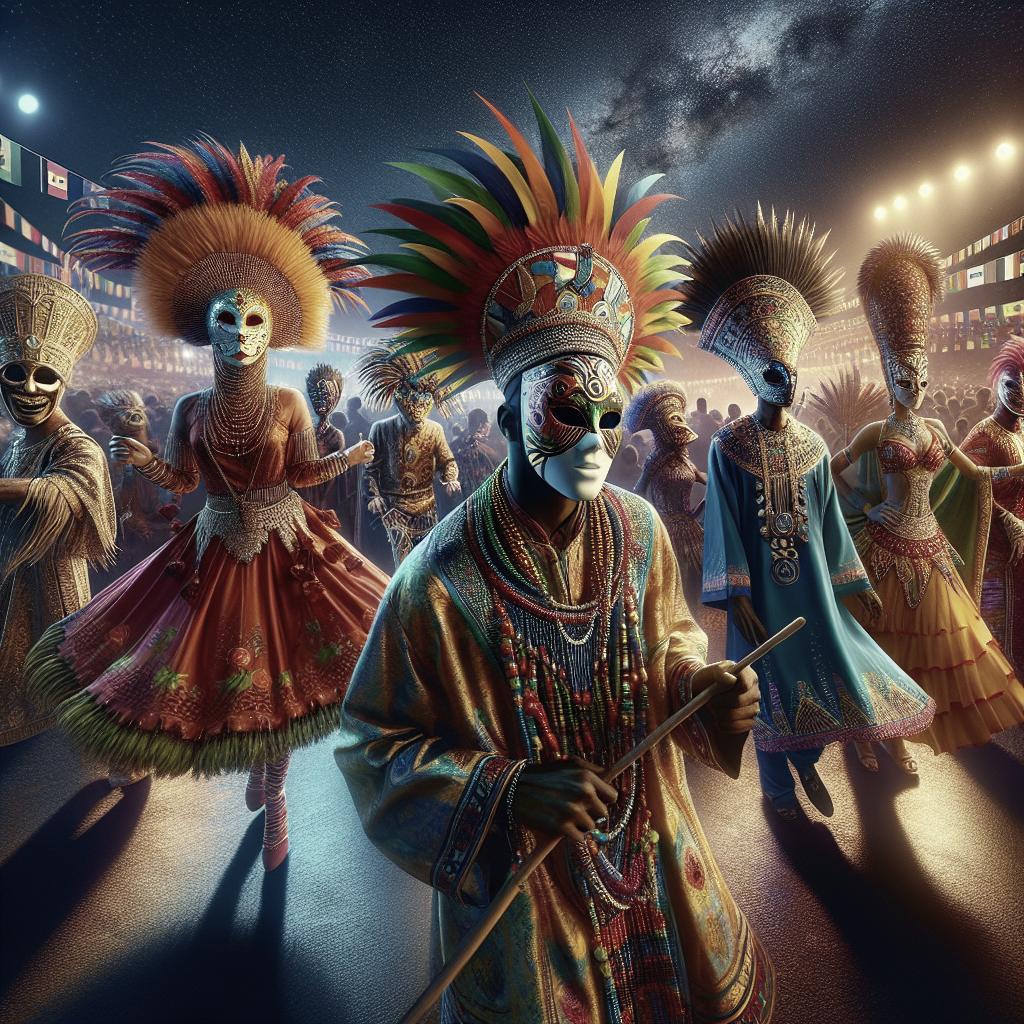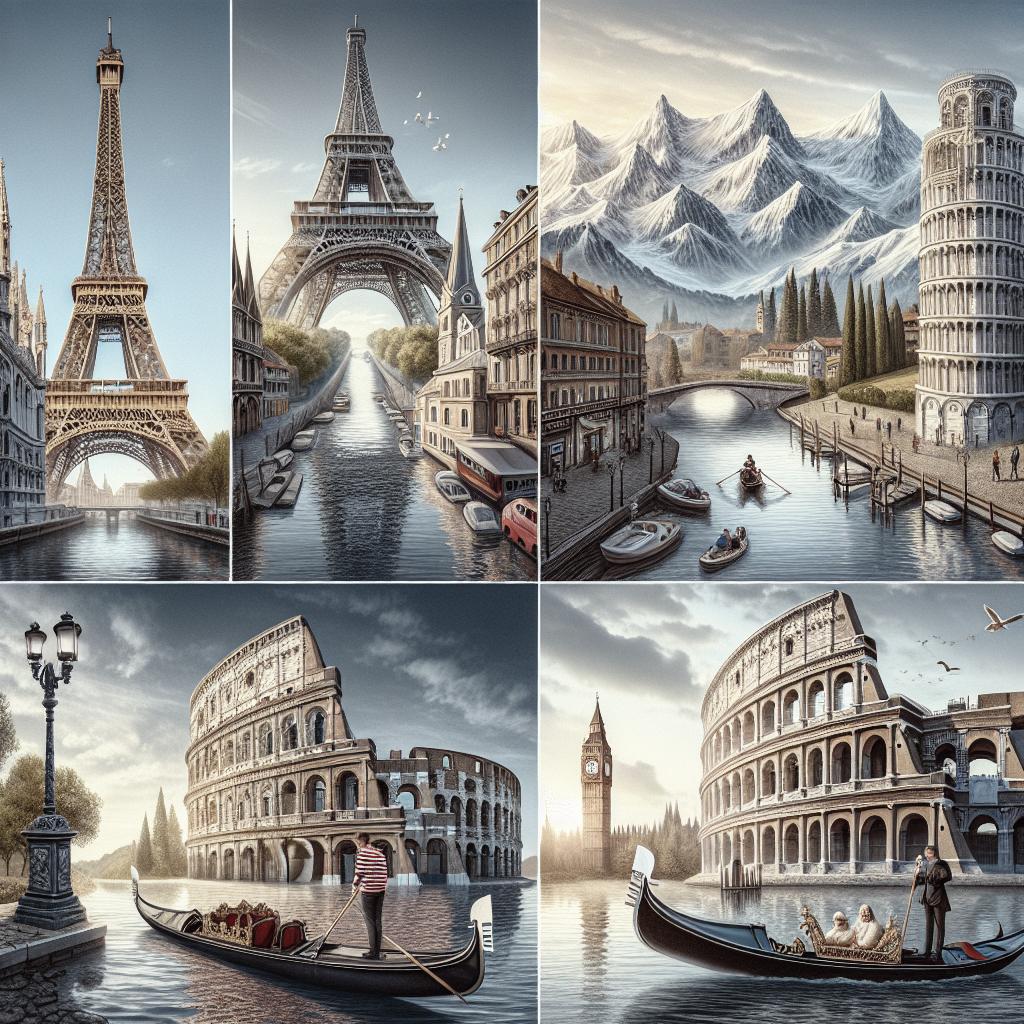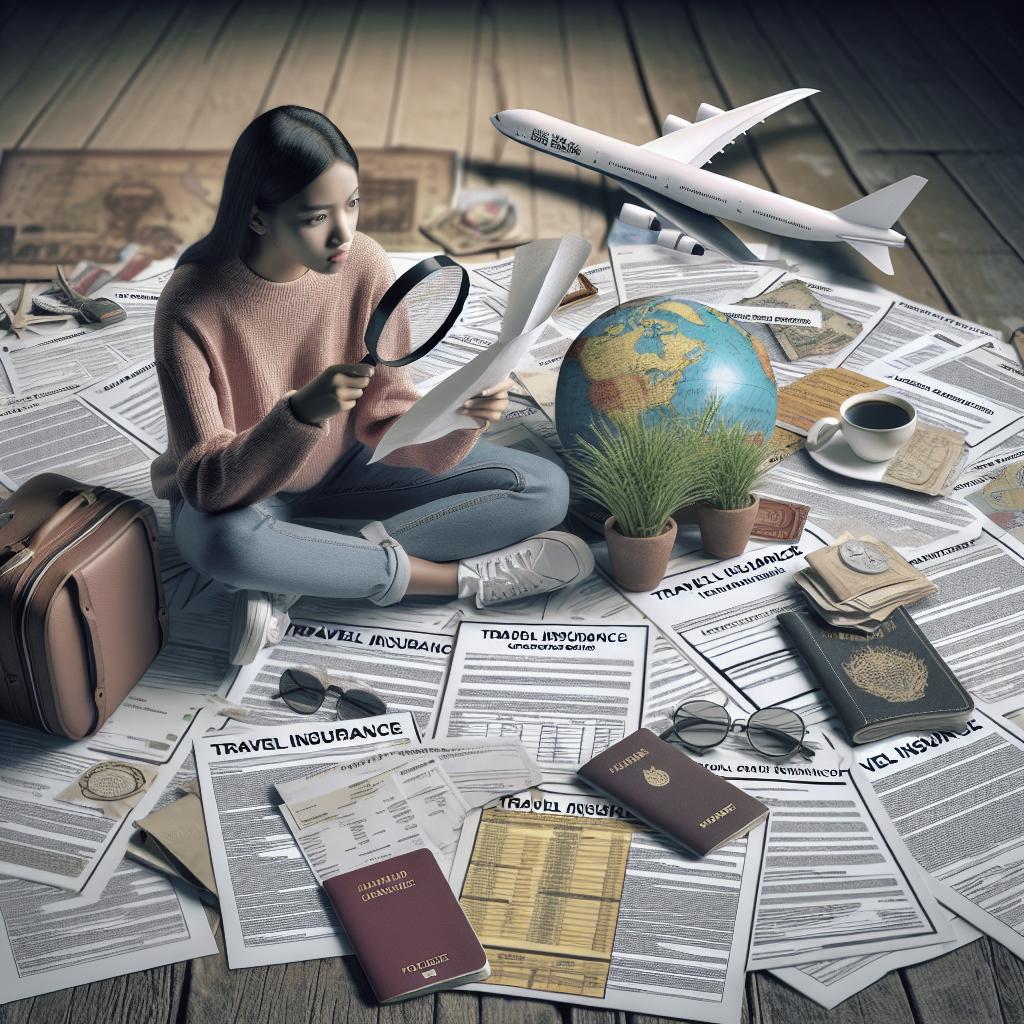“`html
Best Festivals Around the World to Attend
Festivals are kaleidoscopic gateways into the essence of cultures worldwide. From the vivacious streets of Rio de Janeiro to the tranquil observances in Kyoto, festivals present a vibrant tapestry woven with history, traditions, and innovation. In this blog post, we delve into some of the most spectacular festivals celebrated around the globe—each with its own significance, charm, and allure. Whether you’re a film buff, a music lover, or culturally curious, there’s a festival out there waiting for you. By embarking on this vibrant journey, you learn not only about the world but also about the shared human experience that transcends borders. Let’s explore these festivals that capture the world’s imagination and bring communities together in joyous celebration.
Ready to Learn?
The World is a Magical Place Where Cultures Collide in a Colorful Explosion of Music, Dance, and Tradition. Festivals Around the Globe Offer a Glimpse Into the Heart and Soul of Diverse Communities, Each with Its Own Unique Story, Pacing Our Lives Just Like Seasons.
Festivals from Around the World with Global Recognition or Impact
1. Oktoberfest – Munich, Germany
Oktoberfest is the world’s largest Volksfest (beer festival and traveling funfair) held annually in Munich, Bavaria. Originating in the early 19th century, the festival is globally famous for gallons of beer, traditional Bavarian attire, sumptuous food, and boisterous music. Visitors from around the world flock to Germany to be a part of the convivial festivities spanning two weeks in late September to the first Sunday in October.
While beer remains the primary attraction, Oktoberfest also celebrates Bavarian culture through parades, traditional German games, and endless rows of food stalls serving sausages, pretzels, and sauerkraut. With its rich cultural heritage and lively atmosphere, Oktoberfest presents an enriching experience for anyone seeking to immerse themselves in German traditions.
2. Chinese New Year – China
Chinese New Year, often referred to as the Spring Festival, is China’s most important festival celebrated at the turn of the traditional lunisolar Chinese calendar. Signifying the start of a new lunar year, the celebration is characterized by family reunions, grand feasts, dragon dances, and vibrant parades. Each year is symbolized by one of the 12 zodiac animals with decorations of red signifying luck and warding off evil spirits.
With origins dating back over 3,000 years, the festival has gained global recognition and is celebrated in Chinese communities worldwide, marking it as an event of immense cultural impact and importance. It is a time for families to come together and wish for health, prosperity, and happiness in the year ahead.
3. Burning Man – Black Rock Desert, Nevada, USA
Burning Man is an annual event in the western United States at Black Rock City—a temporary city erected in the Black Rock Desert. Initially started in 1986, it has evolved into a week-long celebration of art, community, radical self-expression, and self-reliance. Attendees co-create the experience, adhering to the principles of leaving no trace, participation, and inclusion.
It is as much about the shared experience as it is about the art installations and theme camps, offering a unique take on human creativity and collaboration. The burning of a massive wooden effigy, referred to as the Man, is the culmination of the event, signifying rebirth and a fresh start. Despite its radical settings, the values and communal experience create a profound connection among its participants.
4. Cannes Film Festival – Cannes, France
The Cannes Film Festival is one of the most prestigious film festivals in the world, held annually in May in the picturesque city of Cannes, France. The festival attracts the cr ème de la cr ème of the film industry, showcasing new films from various genres, including documentaries, from around the world. It is renowned for its glamour, featuring appearances by international celebrities and filmmakers.
While the festival is an invitation-only event, its influence on the film industry and cultural landscape is undeniable. Prestigious awards, like the Palme d’Or, designate the best films and set new standards in filmmaking, capturing both public and professional interest globally.
The Biggest Festivals in the World in Terms of Attendance
1. Kumbh Mela – Various Locations in India
The Kumbh Mela is the largest congregation of pilgrims on earth, attracting millions of devotees to bathe in the sacred rivers of India. Celebrated every twelve years, the festival rotates between four places—Haridwar, Allahabad (Prayagraj), Nashik, and Ujjain—each holding mythological significance in Hindu tradition. It is a spiritual gathering of saints, sadhus, and devotees who engage in prayers, rituals, and philosophical discourses.
Kumbh Mela’s astounding attendance—but perhaps more importantly, its deep-rooted spirituality—underscores its status as a truly global event. As part of UNESCO’s Representative List of Intangible Cultural Heritage of Humanity, it connects participants more profoundly with inner truths and universal philosophies.
2. Sunburn Festival – Goa, India
Sunburn is Asia’s largest electronic dance music festival, held annually in late December on the vibrant shores of Goa, India. This event combines music, entertainment, food, and shopping into a festival experience like no other. Over the years, it has attracted renowned DJs and electronic acts worldwide, creating an atmosphere brimming with excitement and energy.
Sunburn not only showcases burgeoning talents but also fosters connections among diverse audiences who share a love for music and dance. This dynamic festival beautifully encapsulates the spirit of Goa, known for its beaches and laid-back yet vibrant lifestyle.
Celebrations Around the World with Cultural Significance
1. Hajj – Saudi Arabia
Hajj, one of Islam’s five pillars, draws millions of Muslims around the world to Mecca, Saudi Arabia, to perform a pilgrimage in the sacred city. Taking place annually during the Islamic month of Dhu al-Hijjah, its significance lies in teachings promoting equality, unity, and submission to the will of Allah.
The Hajj experience is a profound demonstration of faith and obedience, with rituals featuring the Tawaf (circumambulation) around the Kaaba and the Sa’i between the hills of Safa and Marwah. While it attains global recognition as a pilgrimage, Hajj serves as a symbol of religious devotion and atonement, uniting Muslims worldwide around shared spiritual beliefs.
2. Eid al-Fitr and Eid al-Adha – Islamic World
Eid al-Fitr and Eid al-Adha are two major Islamic festivals celebrated across the globe. Eid al-Fitr marks the end of Ramadan, the month of fasting, and is a day of feasting and charitable giving. Families come together in prayer, sharing meals and gifts, with a focus on gratitude and community.
Eid al-Adha, or the “Festival of Sacrifice,” commemorates Abraham’s willingness to sacrifice his son as an act of obedience to God. The festival is marked by the ritual sacrifice of animals, with portions distributed to those in need. Both Eids emphasize the spirit of sharing, compassion, and community, resonating with millions worldwide.
The Wildest Festivals in the World
1. La Tomatina – Buñol, Spain
La Tomatina, held annually in Buñol, Spain, is arguably the world’s wildest food fight. Each year, thousands gather on the last Wednesday of August to pelt each other with ripe tomatoes, turning the streets into a sea of red. While the origins are unclear, this hour-long event has become a symbol of unbridled fun and has gained international recognition.
Beyond the chaos and camaraderie, La Tomatina offers a unique glimpse into Spanish culture—a combination of spontaneity, joy, and community spirit. After the battle, participants and locals continue the celebration with music, dancing, and regional specialty dishes, deepening the understanding of Spanish festivals beyond the culinary chaos.
2. New Year’s Eve – Bérchules, Spain
While most places celebrate New Year’s Eve on December 31, the village of Bérchules in Spain does things a bit differently. Due to a power cut in 1994 that forced locals to skip the celebrations, the community decided to celebrate it again in August, offering a unique and lively atmosphere with fireworks, music, and festive gatherings free from winter’s chill.
This unusual take on New Year’s epitomizes adaptability and the human desire for celebration. By witnessing or participating in this summer New Year’s Eve, visitors experience the zeal of Spanish tradition and the locals’ creative solutions to preserving cherished moments.
Future Prospects
| Category | Festival | Location |
|---|---|---|
| Global Recognition | Oktoberfest, Burning Man, Cannes Film Festival, etc. | Germany, USA, France, etc. |
| Largest Attendance | Kumbh Mela, Sunburn Festival, Carnival of Rio, etc. | India, Brazil, etc. |
| Cultural Significance | Hajj, Eid al-Fitr, Day of the Dead, etc. | Saudi Arabia, Mexico, India, etc. |
| Wildest Festivals | La Tomatina, New Year’s Eve (Bérchules), Cheese Rolling Festival, etc. | Spain, England, etc. |
“` This HTML document captures the essence of several globally significant festivals, structuring the content within specific categories for an insightful read relatable to the audience’s diverse interests.


